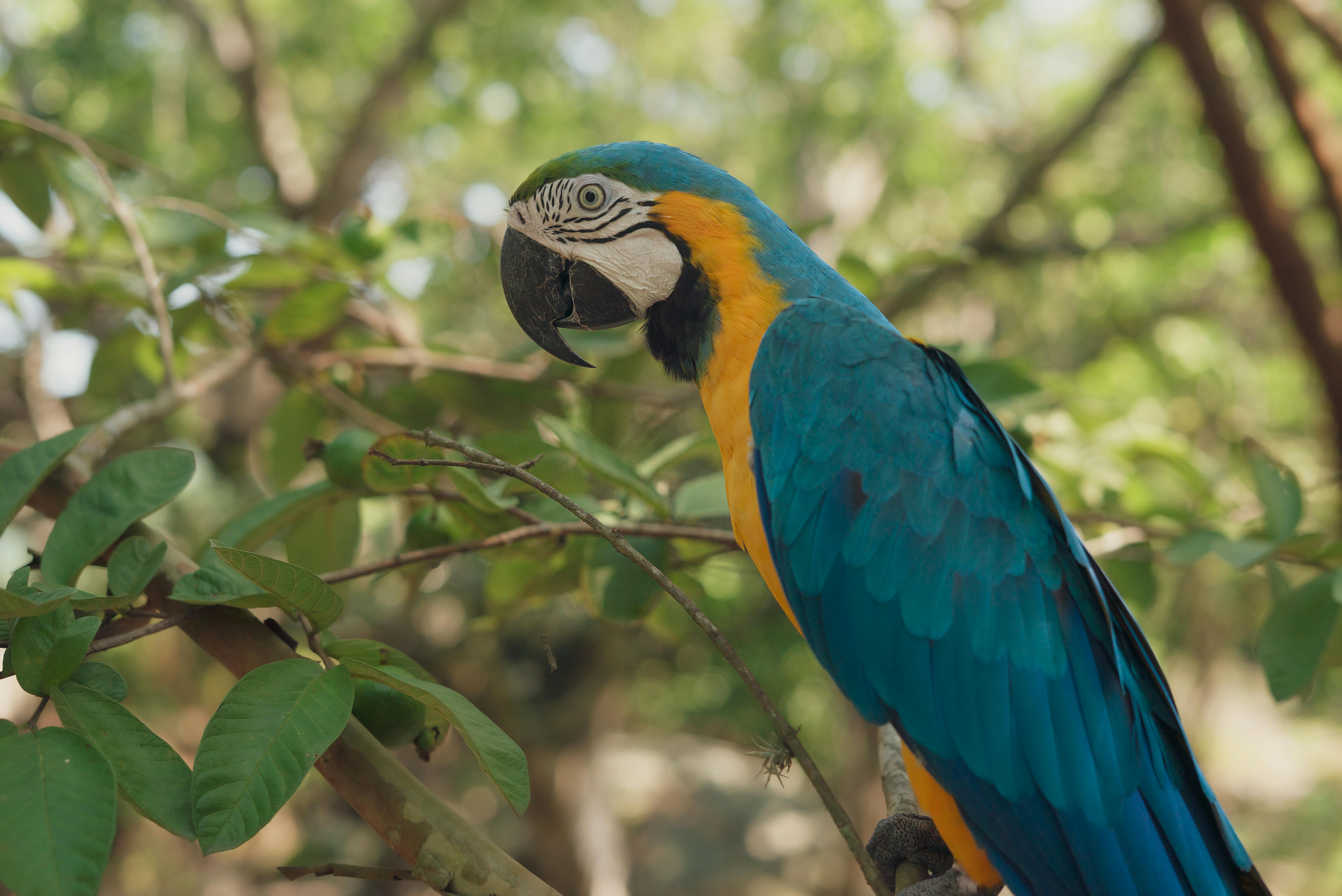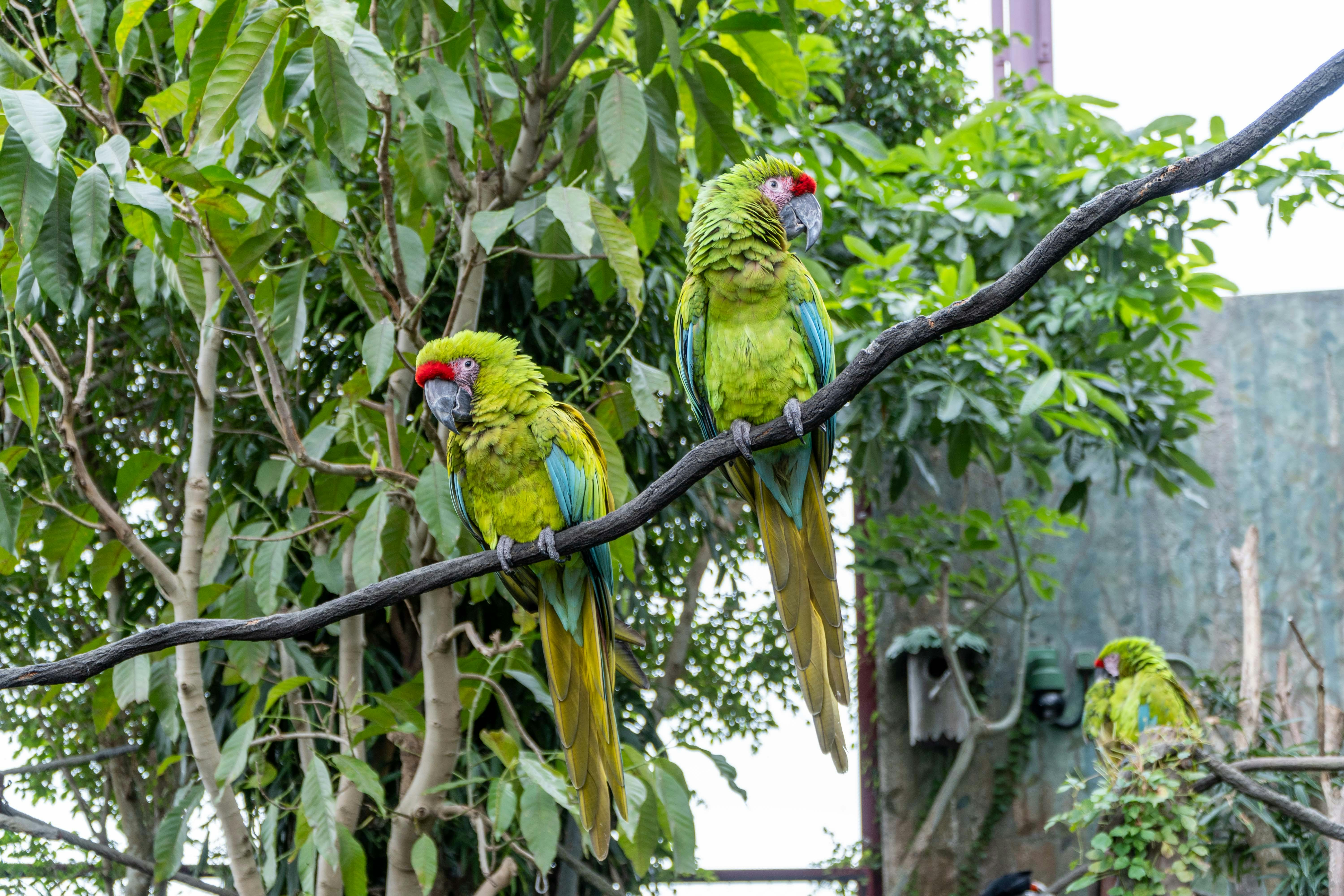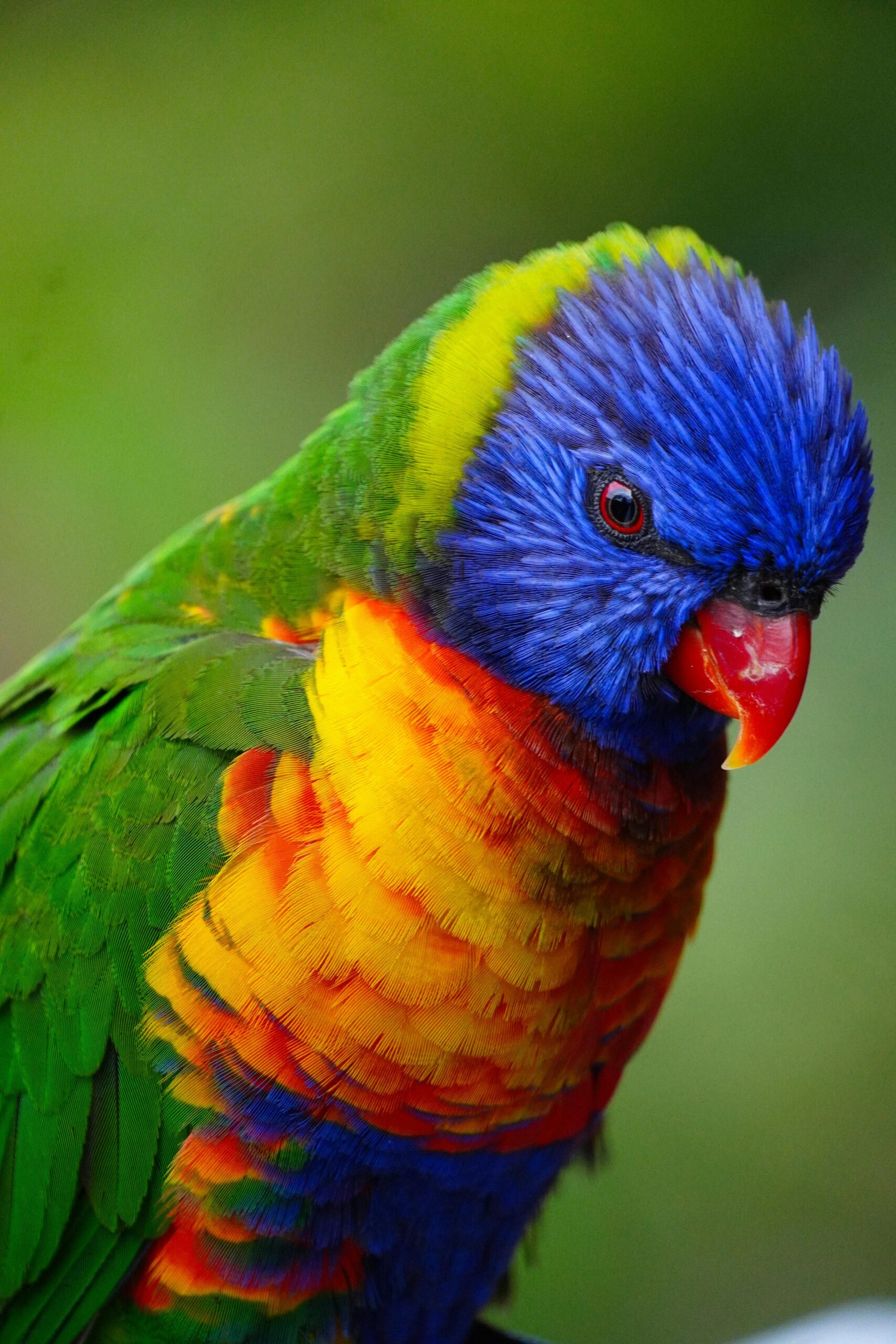Essential Guide to Parrot Species: Discover the Latest Updates for 2025
Parrots are among the most vibrant and intelligent birds found in the avian world. With their stunning colors, catchy vocalizations, and playful personalities, they make excellent companions for bird lovers. In 2025, there are exciting developments and facts about various parrot species that every enthusiast should know. This comprehensive guide will walk you through essential information on popular parrot species, their care, diet, behavior, and more.

In this guide, you will learn about notable species such as the African Grey, Macaw, and Cockatoo, as well as essential tips on parrot care, training, and health. Whether you are a first-time owner or an experienced bird enthusiast, understanding these birds will enhance your knowledge and foster a deeper bond with your feathered friends. We will also explore the latest trends in parrot adoption and conservation efforts.
Key takeaways include:
- Overview of various parrot species and their characteristics.
- Insight into their care, diet, and behaviors.
- Practical tips for training and socializing parrots.
- Updates on parrot conservation efforts and rescue programs.
Exploring Popular Parrot Species
With over 393 species of parrots, the variety available can be overwhelming. Each species possesses unique traits and behaviors, making them suitable for different types of bird enthusiasts. Some of the most sought-after species in 2025 include:
African Grey Parrot
The African Grey is renowned for its remarkable intelligence and speaking abilities. They are considered one of the best talking birds, capable of mimicking human speech and sounds with impressive accuracy. African Greys require a balanced diet and significant mental stimulation to thrive.
Macaw Species Overview
Macaws are large, colorful parrots famous for their striking appearance and social nature. Popular species include:
- Blue-throated Macaw
- Scarlet Macaw
- Hyacinth Macaw
- Green-winged Macaw
Each macaw species has its own charm, requiring ample space to accommodate their playful behavior and high energy levels.
Cockatoo Characteristics
Cockatoos are recognized for their distinctive crests and charming demeanor. They thrive on socialization and interaction with their owners. Common species include the Umbrella Cockatoo and the Moluccan Cockatoo. Understanding their unique needs is important for successful ownership.
Understanding Budgerigar Behavior
The Budgerigar, often referred to as “budgies,” is one of the most popular pet birds worldwide. They are friendly, colorful, and easy to care for, making them ideal for beginner bird owners. Regular interaction and mental stimulation are essential for their well-being.
Lovebirds: Small but Mighty
Lovebirds are small, affectionate parrots that thrive in pairs. They are known for their playful and social nature. Ensuring companionship is critical for their happiness, as they can become lonely and develop undesirable behaviors if kept alone.
Advancing Parrot Care Techniques
Proper care is essential for maintaining the health and happiness of your parrot. As owners become more aware of their pets’ needs, 2025 has brought innovative care techniques to the forefront.
Parrot Diet Essentials
High-quality nutrition is vital for parrot health. A balanced diet should include a mix of seeds, pellets, fresh vegetables, and fruits. Research into parrot diet has advanced, and specialized nutrition plans are now available to provide species-specific requirements.
Health Maintenance Tips
Regular health check-ups are crucial to prevent common parrot diseases. Owners should familiarize themselves with signs of illness, such as changes in behavior or diet. Engaging an avian veterinarian for preventive care is highly recommended.
Enrichment Strategies for Happiness
Enrichment activities can enhance a parrot’s quality of life. Providing toys, perches, and foraging activities allows parrots to engage their natural instincts. Homes should be equipped with diverse experiences to prevent boredom and promote mental health.
Parrot Training Techniques
Training your parrot increases bonding and ensures they are well-behaved. Techniques such as positive reinforcement are effective. Simple commands like “step up” or “come” can be taught through consistent practice and rewards.
Socialization Tips for Parrots
Social interaction is essential for parrots. Regular playtime outside the cage, introductions to new environments, and engagement with family members are crucial to developing a well-adjusted bird. Ensuring a rich social environment can help avoid behavioral issues.

Insights into Parrot Behavior
Understanding parrot behavior is key in becoming a proficient owner. Each species may exhibit different social dynamics and requirements.
Vocalization Patterns in Parrots
Parrots are known for their vocal abilities, which they use to communicate with their owners and each other. Owners should pay attention to changes in vocalizations, as they may reflect their emotional state or needs.
Bonding with Your Parrot
Bonding is essential for a healthy relationship between birds and owners. Regular interactions, speaking to them, and creating a comfortable environment contributes to strong bonds.
Common Behavioral Issues
Recognizing and addressing behavioral issues early is essential. Problems such as biting or excessive screaming can often stem from boredom or lack of socialization. Implementing engaging activities can resolve many issues.
Training for Positive Interaction
Proper training enhances interaction and reduces the chances of negative behavior. Techniques such as clicker training can be helpful. Aim for short, positive training sessions to maintain your parrot’s focus.
Signs of Stress in Parrots
Stress in parrots can lead to various health issues. Signs to look for include feather plucking, excessive screeching, or changes in eating habits. Addressing environmental factors can significantly alleviate stress and promote comfort.
Parrot Rescue and Adoption Trends
As awareness around parrot care grows, so does the importance of rescue and adoption efforts. Understanding these trends helps promote responsible bird ownership.
Understanding Parrot Adoption Programs
Many organizations and sanctuaries focus on finding forever homes for parrots in need. Researching adoption programs can provide insights into responsible ownership and available species.
Conservation Efforts for Endangered Species
Many parrot species are now considered endangered due to habitat loss and illegal capture. Organizations around the world are working to protect these species through conservation programs and habitat restoration.
Building a Community of Parrot Enthusiasts
Joining local or online parrot communities can enhance the ownership experience. Sharing knowledge, experiences, and resources fosters a supportive network among bird lovers.
Education and Awareness Campaigns
Educating the public about potential issues with parrot ownership, such as commitment and care limitations, is essential. Schools and avian organizations often host seminars to promote responsible ownership.
The Role of Social Media in Parrot Advocacy
Social media has become a powerful platform for promoting parrot adoption and conservation. Parrot enthusiasts can share their stories, raise awareness about species in need, and spread information on responsible ownership.
Frequently Asked Questions about Parrot Species
What is the lifespan of popular parrot species?
The lifespan of parrots varies by species. Generally, smaller species like Budgerigars may live 10-15 years, while larger species like Macaws can live up to 50 years or more with proper care.
How can I train my parrot to talk?
Training a parrot to talk involves patience and consistency. Start with simple words or phrases and use positive reinforcement when they mimic the sounds. Regular interaction and repetition are key to success.
What are common illnesses in parrots?
Common parrot illnesses include feather plucking, respiratory diseases, and nutritional deficiencies. Regular check-ups with an avian vet can help catch issues early and maintain overall health.
How often should I change my parrot’s diet?
It’s vital to provide a varied diet daily and adjust portions as needed based on activity levels. Fresh fruits and vegetables should be offered every day, while pellets and seeds serve as a staple diet.
Why is socialization important for parrots?
Socialization prevents loneliness and boredom, which can lead to behavioral issues. Regular interaction with humans and other birds is essential for mental stimulation and overall happiness.
